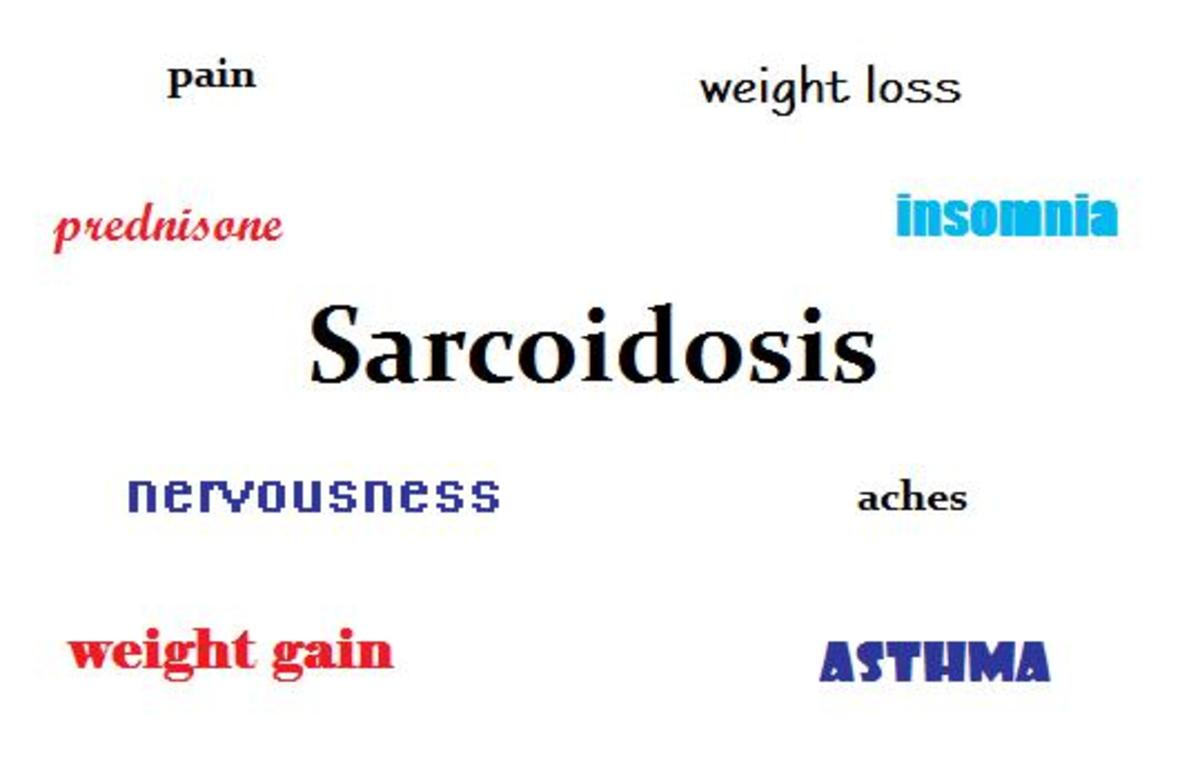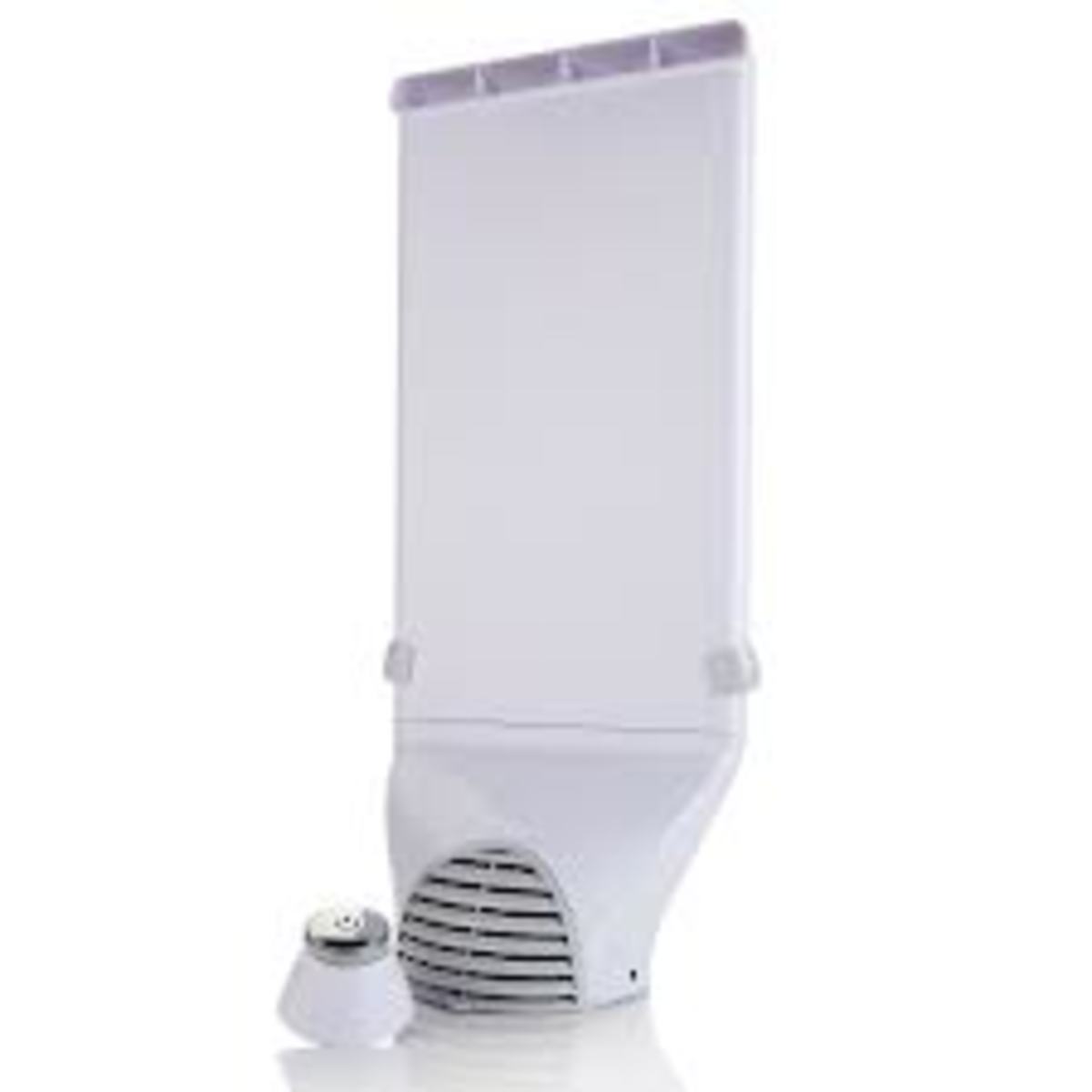Natural Remedies for Menopause
Menopause is defined as a permanent end to a woman's menstrual cycle, where production of the female hormones, namely estrogen, is reduced significantly. Menopause usually occurs at ages ranging from 45 to 55, though it could be much earlier, due to various factors, such as smoking habits and hysterectomy, a procedure to surgically remove the uterus.
Signs of Menopause
Signs of menopause include:
- Hot flashes, cold flashes, night sweats
- Irritability
- Mood swings
- Sleeping problems
- Reduced libido (sex drive)
- Depression
- Weight gain
- Osteoporosis
- Hair loss
Natural Remedies for Menopause
Hot flashes is denoted by surges of heat sweeping across the body, the resultant reddening of the skin and profuse sweating. Natural remedies for menopause include:
- Dong Quai, or 'the female ginseng'. Dong Quai is capable of dilating blood vessels, which consequently elevates blood flow, reason why it poses a form of relief for hot flashes and vaginal dryness. Also, Dong Quai contains phytoestrogens, which bind to estrogen receptors in a female body, as a result elevates estrogen levels, aiding in the relief of other signs of menopause as well.
- Chasteberries, or Vitex agnus castus. Chasteberries were used to reduce libido among women at their childbearing age range, though they do not seem to have the same effect on women after menopause. The berries are able to raise the pituitary gland's LH (luteinizing hormone) levels while reducing FSH (follicle-stimulating hormone) levels, subsequently reducing estrogen levels and elevating progesterone levels, in order to balance the female hormones. Considering how women are designated to handle large quantities of progesterone as opposed by estrogen, therefore, there is nothing to worry about an excessive production of progesterone.
- Black cohosh. One of the herbal remedies for menopause, black cohosh contains a type of phytoestrogens, compounds resembling the estrogen hormone, known as fukinolic acid which bind to estrogen receptors in, thus raising body estrogen levels. Its usage lies mostly in relieving menopausal temperature fluctuations, namely hot flashes.
- Maca root. Originating from Peru, instead of phytoestrogens, the maca root is an adaptogen, a substance that produces a non-specific, balancing effect on, in this case, estrogen and progesterone levels, consequently relieving symptoms of menopause to a particular extent. It is also highly rich in calcium, as such posing a form of relief for symptoms of osteoporosis too.
- Red clover. The red clover supplies phytoestrogens as well, raising body estrogen levels and reducing certain signs of menopause as a consequence.
- Licorice root. Also a source of phytoestrogens with mild estrogenic effects.
- Ginkgo Biloba. The herb acts as a libido stimulant as well as a supply of phytoestrogens. It also aids in circulation due to its antioxidant effects, which is able to reduce cell damage of free radicals, reactive compounds detrimental to the human body.
- Red raspberry. Red raspberries are found to tone emaciated uterine muscles as well as relaxes uterine and intestinal muscles.
- Sage. A source of phytoestrogens, it is used to treat hot flashes and suppress profuse perspiration.
- Liferoot. Containing phytoestrogens, it is a uterine tonic used for dealing with hot flashes and returning emotional and vascular stability. Nevertheless, its usage is strongly advised against, as the liferoot is purported to be carcinogenic in nature.








